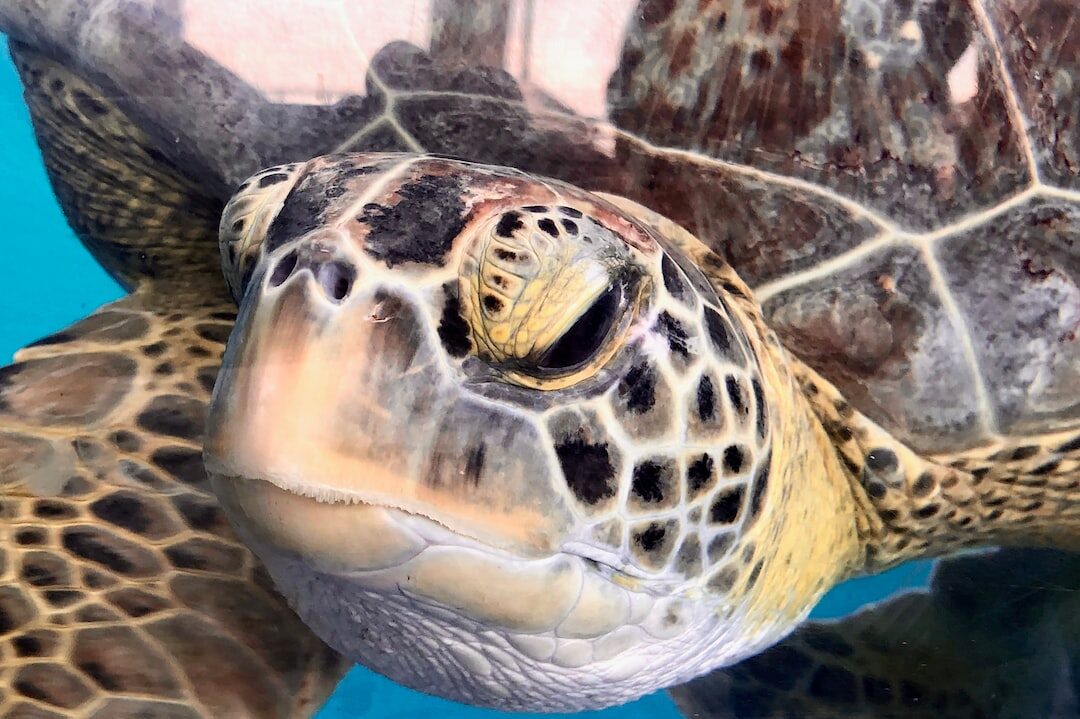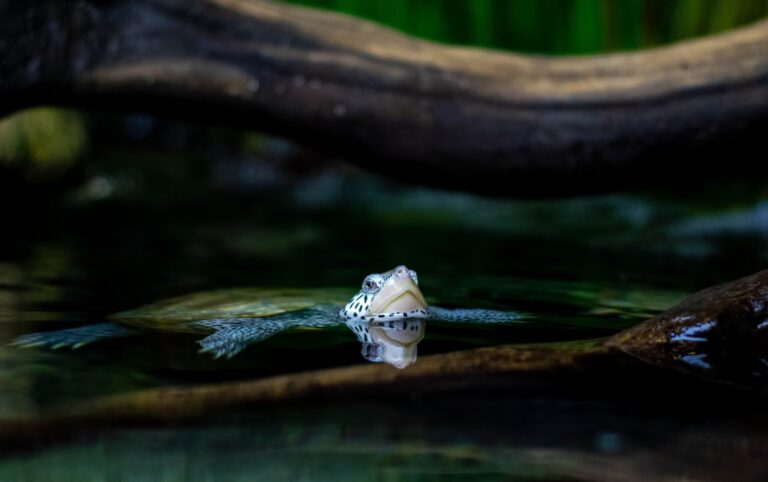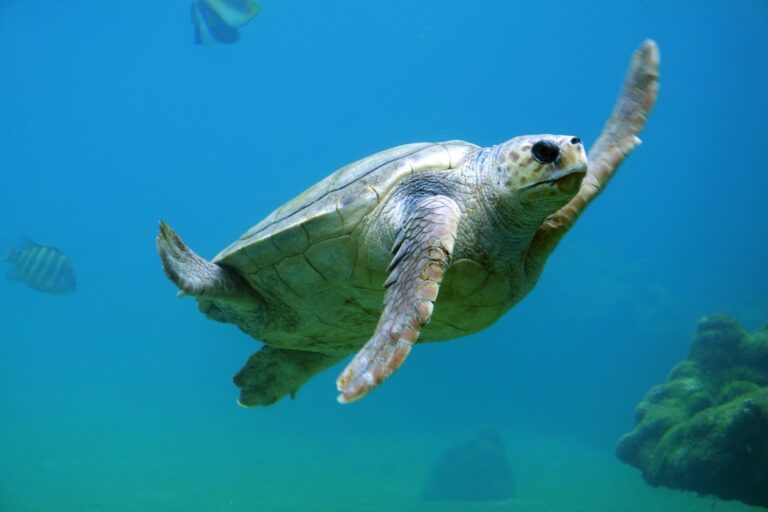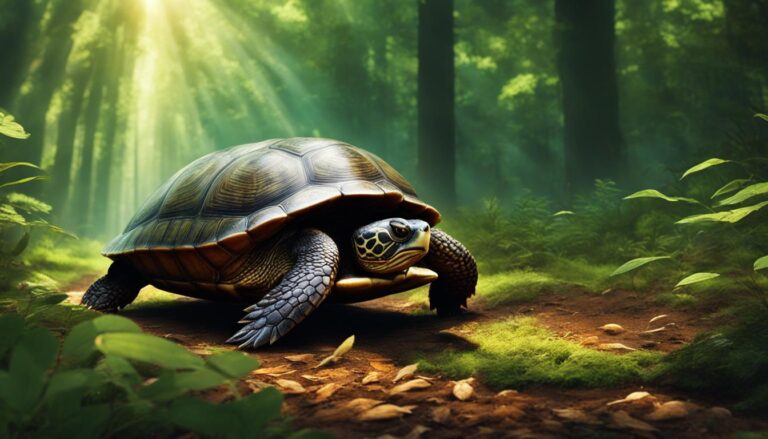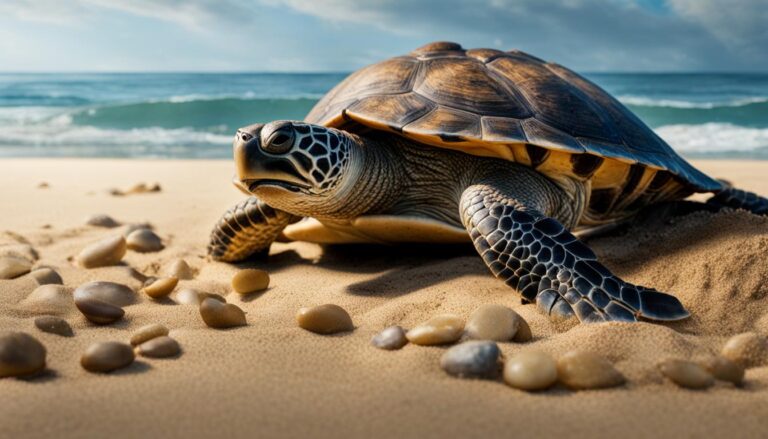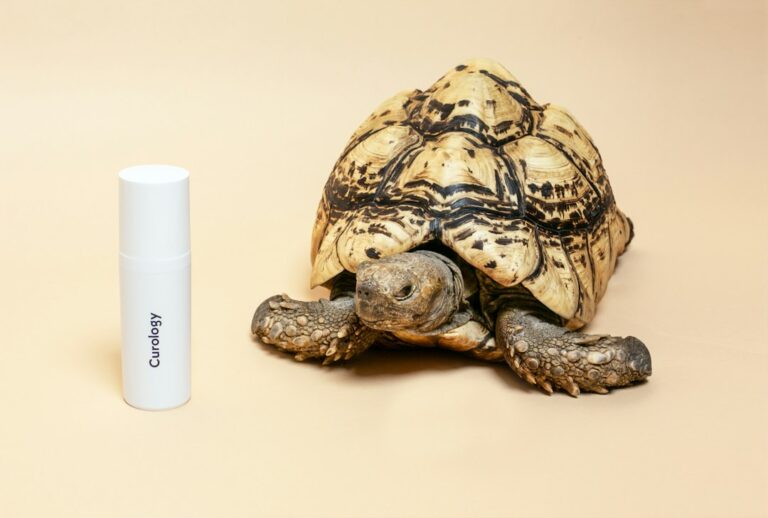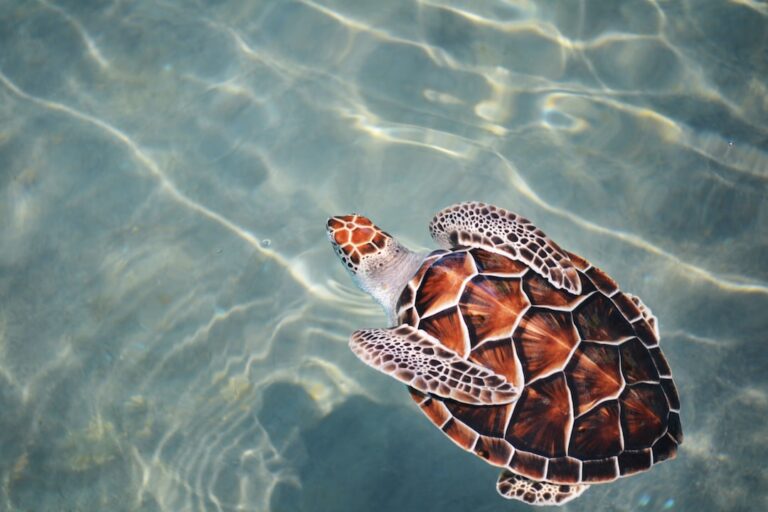Why Do Turtles Flip On Their Backs?
Turtles are fascinating creatures that have captured the attention and curiosity of humans for centuries. One peculiar behavior that has puzzled researchers and conservationists alike is the phenomenon of turtles flipping on their backs. This behavior has important implications for turtle conservation efforts, as understanding why turtles flip over can help us develop strategies to prevent it and protect these vulnerable creatures.
Table of Contents
Factors that contribute to turtles flipping on their backs
There are several factors that contribute to turtles flipping on their backs, both natural and human-induced. In the natural world, turtles may flip over as a means of predator avoidance. By exposing their vulnerable underbelly, they can deter potential predators and escape unharmed. Additionally, turtles may flip over to regulate their body temperature. By exposing their dark-colored shell to the sun, they can absorb heat and warm up more quickly.
On the other hand, human activities can also contribute to turtles flipping on their backs. Habitat destruction, such as the clearing of forests or draining of wetlands, can disrupt the natural environment and force turtles into unfamiliar territories where they may be more prone to flipping over. Pollution, particularly in aquatic habitats, can also affect turtle behavior and increase the likelihood of flipping.
How do turtles end up on their backs in the first place?
Turtles can end up on their backs in a variety of scenarios. One common situation is when a turtle is attempting to climb over an obstacle, such as a fallen log or a curb, and loses its balance. Another scenario is when a turtle is flipped over by a predator during an attack. Turtles may also become stuck on their backs if they are unable to right themselves after basking in the sun or if they become trapped in a crevice or hole.
The risks associated with being stuck on their backs for turtles
Being stuck on their backs can pose significant risks for turtles. Physically, turtles are at risk of dehydration if they are unable to access water while flipped over. They are also more vulnerable to predation, as their soft underbelly is exposed and unprotected. Behaviorally, being stuck on their backs can cause stress and disorientation, which can have long-term effects on their overall health and survival.
The anatomy and physiology of turtles that make them prone to flipping
The anatomy and physiology of turtles play a significant role in their propensity to flip over. Turtles have a unique shell structure that consists of a carapace (top shell) and a plastron (bottom shell). The weight distribution of the shell can make it difficult for turtles to right themselves once flipped over. Additionally, the shape and size of the shell can affect their ability to maneuver and regain their upright position.
The role of temperature in turtle behavior and flipping
Temperature plays a crucial role in turtle behavior and flipping. Turtles are ectothermic animals, meaning they rely on external sources of heat to regulate their body temperature. The temperature of their environment can influence their metabolism, activity levels, and behavior. In cooler temperatures, turtles may be less active and more prone to flipping over as they seek out warmer areas to bask in the sun.
The impact of human activities on turtle behavior and flipping
Human activities can have a significant impact on turtle behavior and flipping. Habitat destruction, such as deforestation or urban development, can disrupt the natural environment and force turtles into unfamiliar territories where they may be more prone to flipping over. Pollution, particularly in aquatic habitats, can also affect turtle behavior by altering water quality or food availability.
Prevention and intervention methods for turtles stuck on their backs
There are several strategies for preventing turtles from flipping over in the first place. Creating turtle-friendly habitats that mimic their natural environment can help reduce the likelihood of flipping. This includes providing ample basking areas, avoiding steep slopes or obstacles, and ensuring access to water sources. Additionally, educating the public about the importance of not disturbing turtles or their habitats can help reduce human-induced flipping.
If a turtle is already stuck on its back, there are techniques for helping it regain its upright position. One method is to gently flip the turtle back over using a soft object, such as a towel or a piece of cardboard. It is important to be gentle and avoid causing any further stress or injury to the turtle. If the turtle is unable to right itself, it may be necessary to seek assistance from a wildlife rehabilitator or veterinarian.
The importance of protecting turtles and their habitats
Turtles play a vital role in ecosystems and their conservation is crucial for maintaining biodiversity. They help control populations of prey species and serve as indicators of environmental health. Protecting turtle habitats not only benefits turtles but also other species that rely on these ecosystems for survival. By preserving wetlands, forests, and other natural habitats, we can ensure the long-term survival of turtles and the countless other species that depend on them.
Conclusion and future considerations for turtle conservation efforts
In conclusion, understanding why turtles flip on their backs is essential for developing effective conservation strategies. By addressing both natural and human-induced factors that contribute to flipping, we can work towards preventing this behavior and protecting turtle populations. Continued research into turtle behavior, anatomy, and physiology will further our understanding of this phenomenon and inform future conservation efforts. Ultimately, it is up to us to take action and protect these remarkable creatures and their habitats for generations to come.
If you’re interested in learning more about turtles and their fascinating behaviors, you might also enjoy reading the article “Why Do Turtles Hide in Their Shell?” This informative piece explores the reasons behind turtles’ instinctive behavior of retreating into their shells when they feel threatened. Discover the incredible adaptations that allow turtles to protect themselves and survive in their environments. To delve deeper into this topic, click here.

